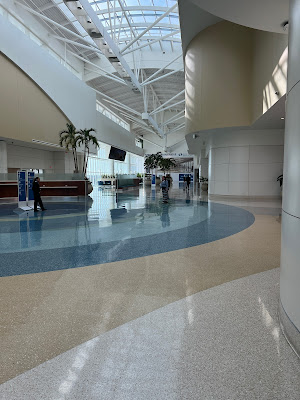The National Museum of Ceramics and Decorative Arts "González Martí" is located in Valencia, Spain within the confines of the Palacio del Marqués de Dos Aguas. The museum is dedicated to ceramics, porcelains and other decorative arts such as textile art, traditional costumes and furniture. It was founded on February 7, 1947 from the donation of Manuel González Martí's ceramics collection. Seven years later, once the restoration of the palace was completed, the museum opened to the public on June 18, 1954.
The palace itself is a testament to the Baroque splendor that defines Spain's architectural heritage. A palace that began as a Gothic structure, it underwent a conversion in the 18th century, highlighting a facade sculpted by the skilled hands of Ignacio Vergara.
Today, as the result of several remodelings, it combines mainly Rococo, Neoclassical and Oriental style.
Declared a historical-artistic monument in 1941, the building was bought by the state. Since then, there have been numerous interventions, including infrastructure improvements and renovation of the museum spaces. The last restoration took place between 1990 and 1998, carried out by the architect Ginés Sánchez Hevia.
The museum houses the largest national collection of ceramics, dating from the 18th century to the contemporary period, and includes pieces by Picasso.
Before you plan your visit, here are a few practical details to keep in mind. The museum is closed on Mondays but welcomes visitors from Tuesday to Saturday, with convenient opening hours from 10:00 am to 2:00 pm and 4:00 pm to 8:00 pm. On Sundays and public holidays, you can visit from 10:00 am to 2:00 pm. Admission prices are very budget-friendly, with adults priced at €3 euros ($3.24USD as of the date of this article). Children under 18, seniors, and retirees can enjoy free entry.
The first thing that caught my eye about this building was its facade.
As you step into this architectural gem, you are immediately greeted by a sense of grandeur and elegance.
GROUND FLOOR
Exploration begins on the ground floor, a space primarily reserved for temporary exhibitions. Here you will encounter the "carriage patio", once the domain of horse-drawn carriages and stables, now transformed into a hub of artistic expression.
FIRST FLOOR
Ascending to the first floor, you are transported back in time to the private chambers of the Marquis de Dos Aguas, decorated with wall and ceiling paintings made by artists such as Plácido Frances y Pascual, José Felipe Parra and José Brel Guiralt in the 19th century. The rooms on the first floor exude an air of sophistication. You won’t want to miss the Ballroom, the Red Room, and the Eastern Sitting Room, also known as the Porcelain Sitting Room. Each room is equipped with part of the original furniture and all rooms are highlighted with works of art, lamps, clocks, vases, etc.; reflecting the elegance and style of the time.
SECOND FLOOR
The heart of the museum lies on the second floor — the Hall of Ceramics. Here, history truly unfolds as centuries-old pottery and porcelain line the exhibit halls. You will marvel at pieces dating back to the 16th, 17th, and 18th centuries, each telling a story of craftsmanship and tradition. Make sure to explore the meticulously recreated Valencian kitchen, a nostalgic tribute to days gone by.
Divided in several rooms, this whole floor is entirely dedicated to the exhibition of the ceramics collection, including one adapted to reproduce a typical Valencian kitchen, designed by self-Manuel González Martí, with mosaics, murals and decorative panels of the 18th and 19th centuries. The decoration of this space is complemented with popular contemporary ceramic pots and copper objects.
For further information click here.
































































